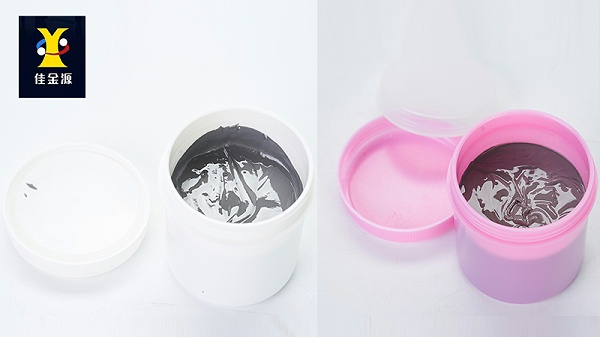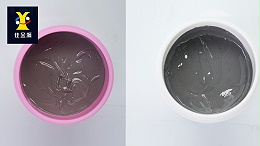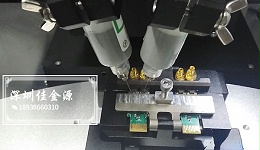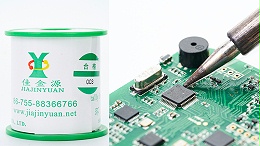
With the continuous development of surface mount technology, more and more people have begun to get involved in this industry. When we purchase solder paste,Solder manufacturers usually ask what grade of solder paste is needed. This is because the size of the solder paste particles has a significant impact on soldering, and different particle sizes result in different soldering effects. Today, JJY solder Paste Manufacturer will explain:

The differences in soldering effects presented by solder paste particles of different sizes:
1The antioxidant properties of solder paste are different
When the size of solder paste particles is large, the gap between the particles will also increase accordingly. During the soldering process, the proportion of flux used to fill the gap will also increase. This helps to better remove oxides during welding, and the ability to reduce and oxidize is also better. However, on the contrary, the metal content in the solder joints will be slightly lower, which will have some impact on tin intake.
When the particle size of the solder paste is relatively small, the arrangement between the particles will be tighter. An increase in the metal content of the solder joint is beneficial for the printing of the solder paste and the formation of alloys. However, under the same mass, when the metal content increases, the metal surface area in contact with the air is larger, and the oxide content will also increase accordingly.
2The viscosity of the solder paste is different
The size of solder paste particles affects the viscosity of the solder paste. Under the same formula, the finer the solder powder, the higher the viscosity of the solder paste, while the viscosity of the solder paste with coarsened solder powder is lower. If viscosity is required during the soldering process, it is better to choose solder paste with smaller particles.
3The wettability of solder paste is different
The size of the tin powder also affects the wettability of the solder paste. Fine tin powder can better absorb the surrounding moisture, thus enabling the solder paste to remain moist for a longer time. In contrast, coarse tin powder is less likely to absorb moisture, and the drying speed of the solder paste will also be faster, making it more prone to drying out.
4The melting speed of solder paste is different
Fine tin powder can melt more quickly and thus reach a liquid state in a shorter time, which can form a more uniform solder joint after the soldering is completed. In contrast, coarse tin powder melts more slowly and may cause unevenness in the solder joint.
5The solder paste application processes are different
When performing solder paste printing, fine solder paste particles can pass through a steel mesh with a larger mesh count, which is less likely to cause clogging and is more suitable for the printing of fine-pitch and high-precision products.
6The cost of solder paste is different
The smaller the tin powder particles are, the more difficult the manufacturing process is and the higher the material cost is, which leads to a higher price of the finished solder paste than that of the larger particles.
From this, it can be seen that under the same mass, solder paste with smaller particles has greater viscosity, better wettability, and a faster melting speed, making it more suitable for fine-pitch and high-precision products. However, it is more prone to oxidation and more expensive.
JJY Solder Paste Manufacturer mainly engages in lead-free solder paste.SMTSurface mount solder pasteLEDWe are engaged in the research and development, production and supply of solder pastes, lead-free solder wires, rosin solder wires, wave soldering rods, red glue and other solder materials. For more knowledge about electronic soldering, you can follow and contact us. Welcome to interact with us.



